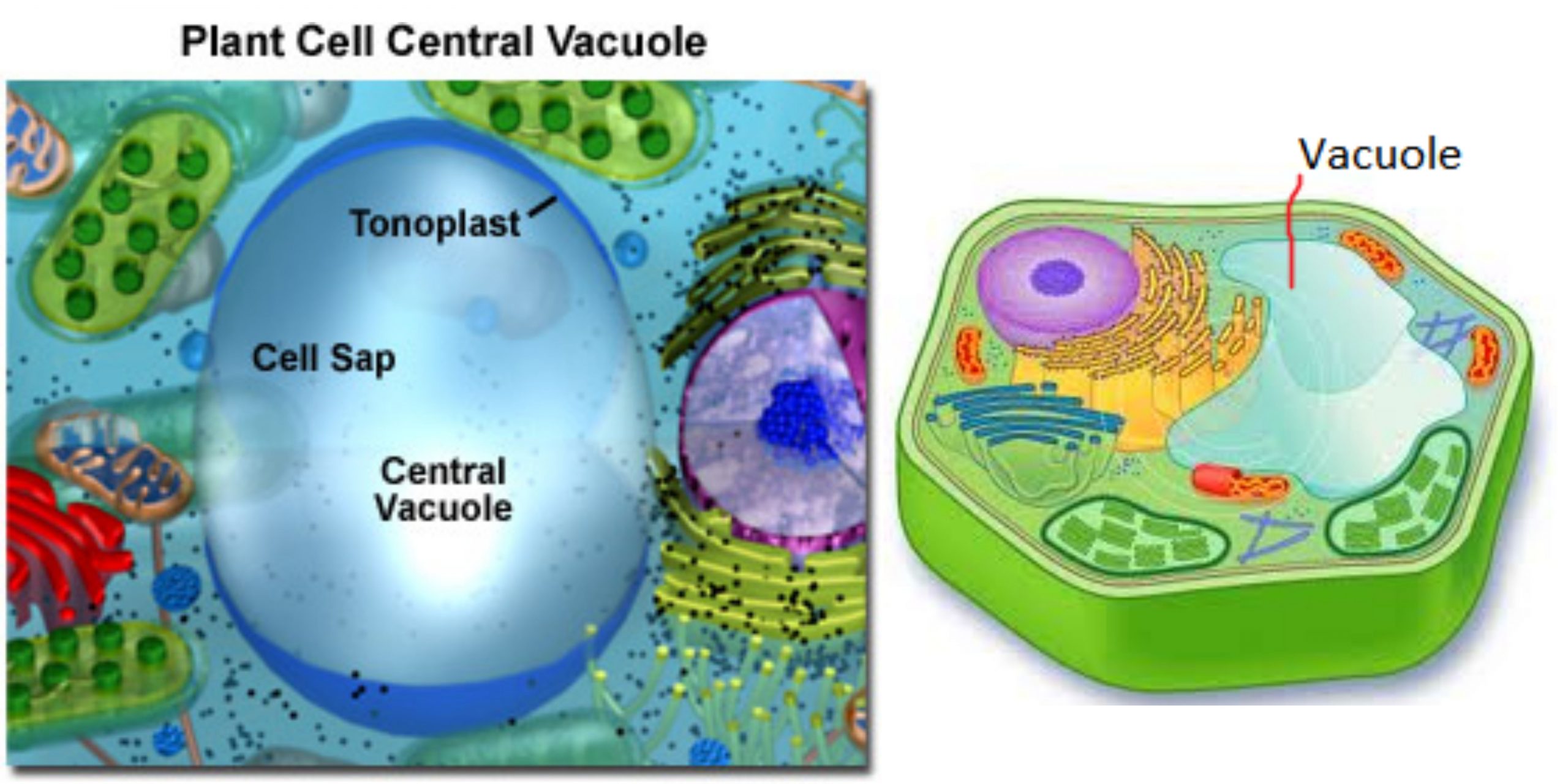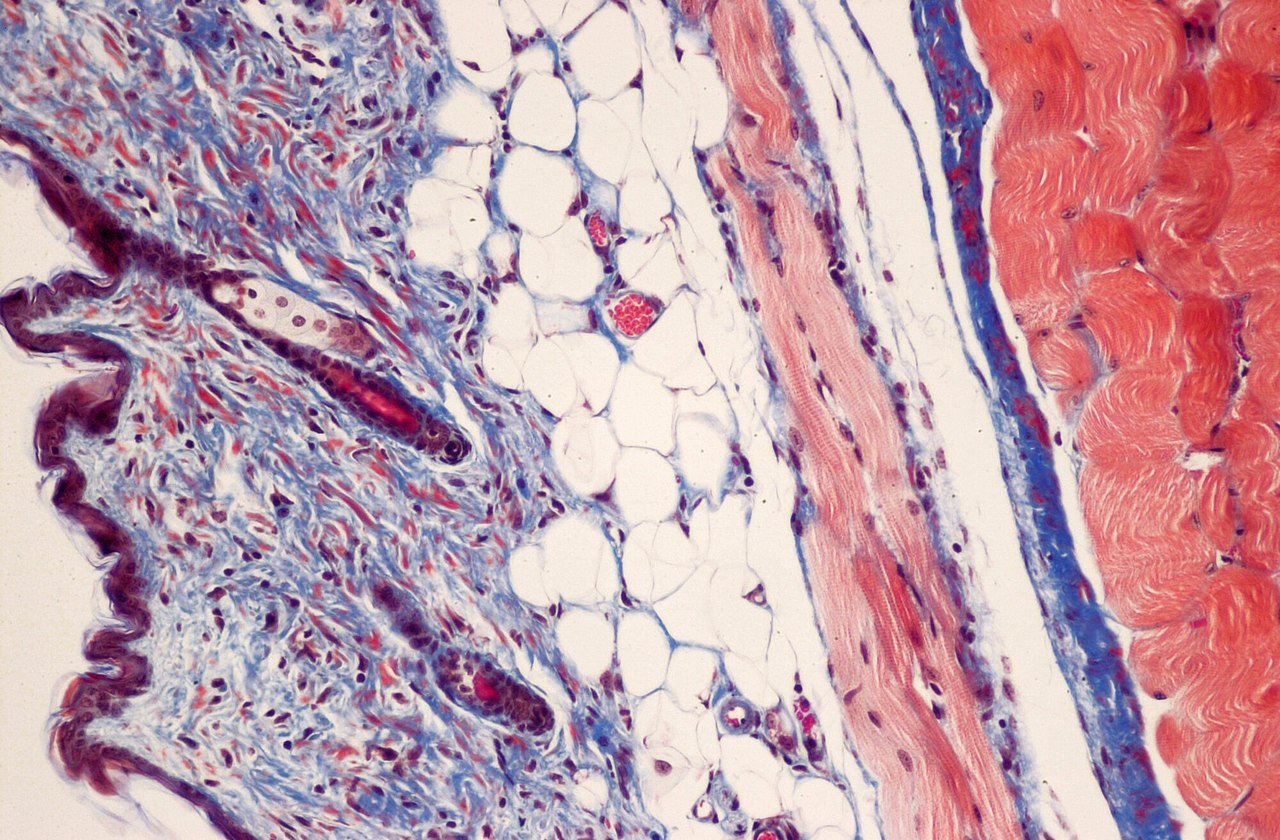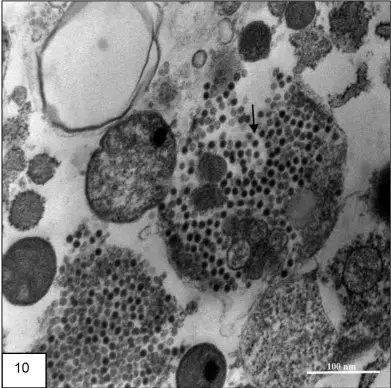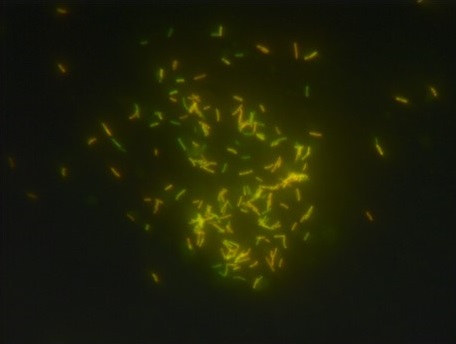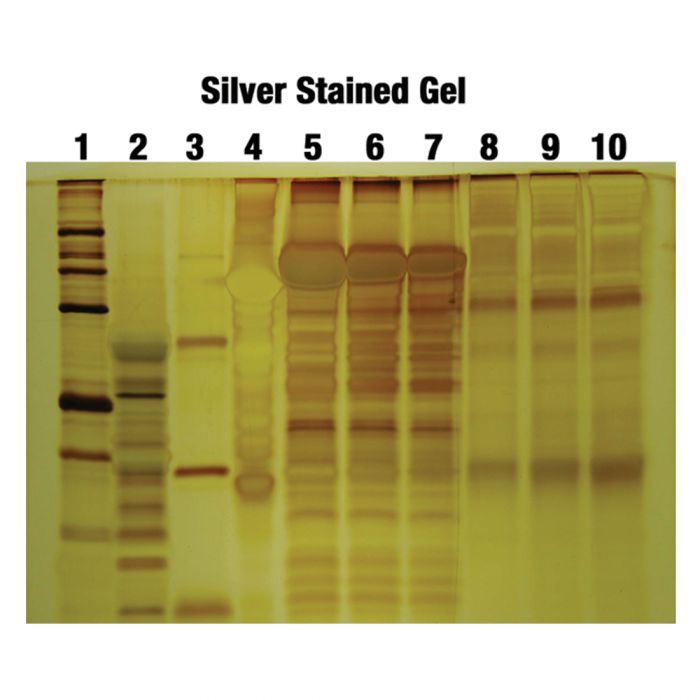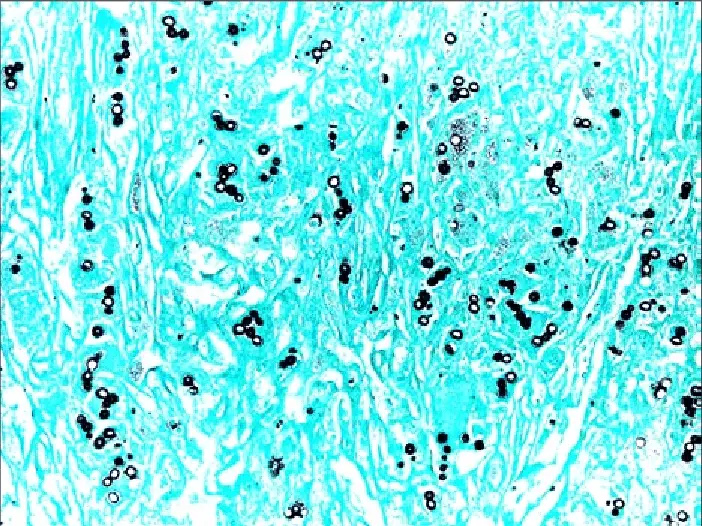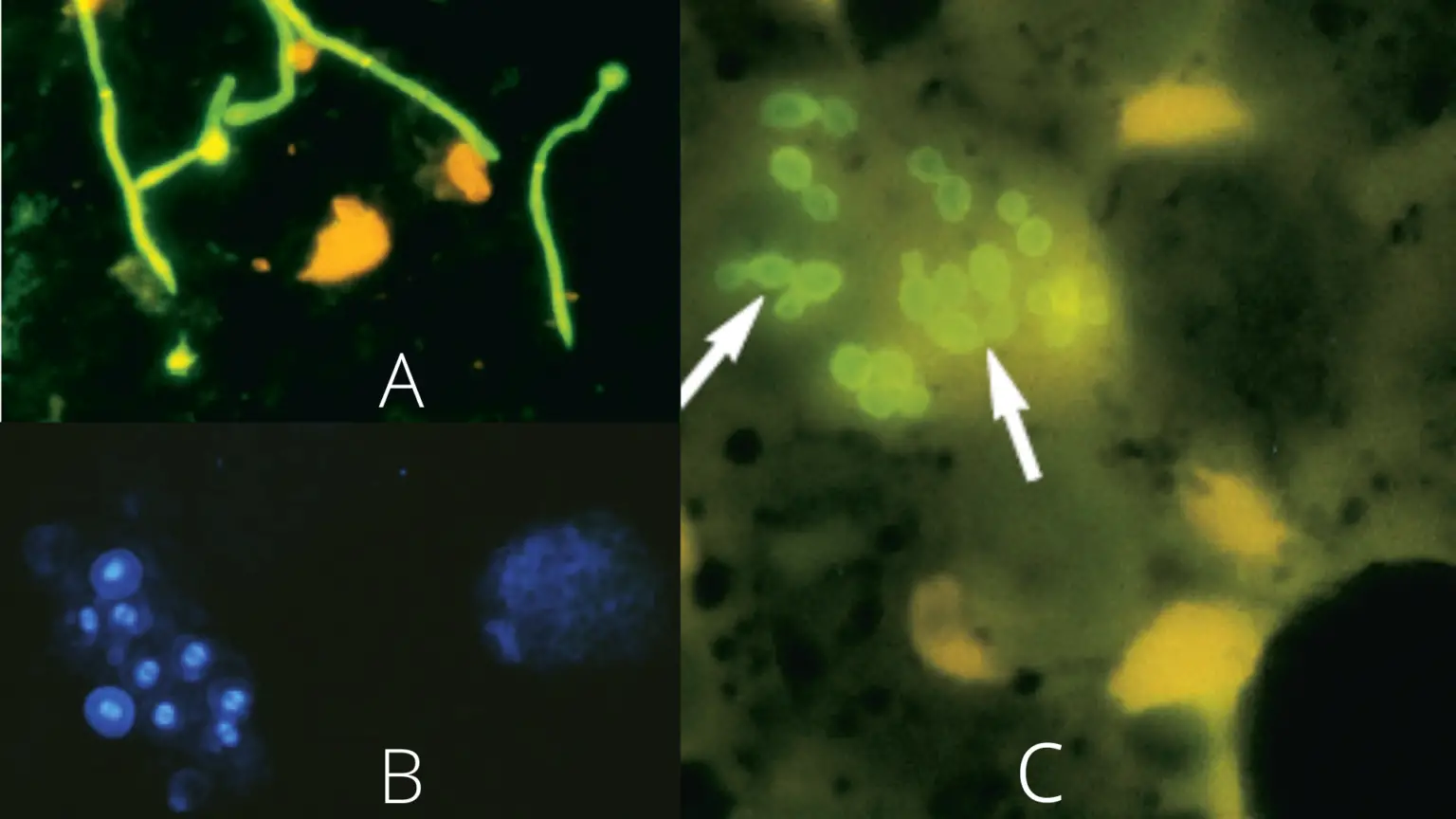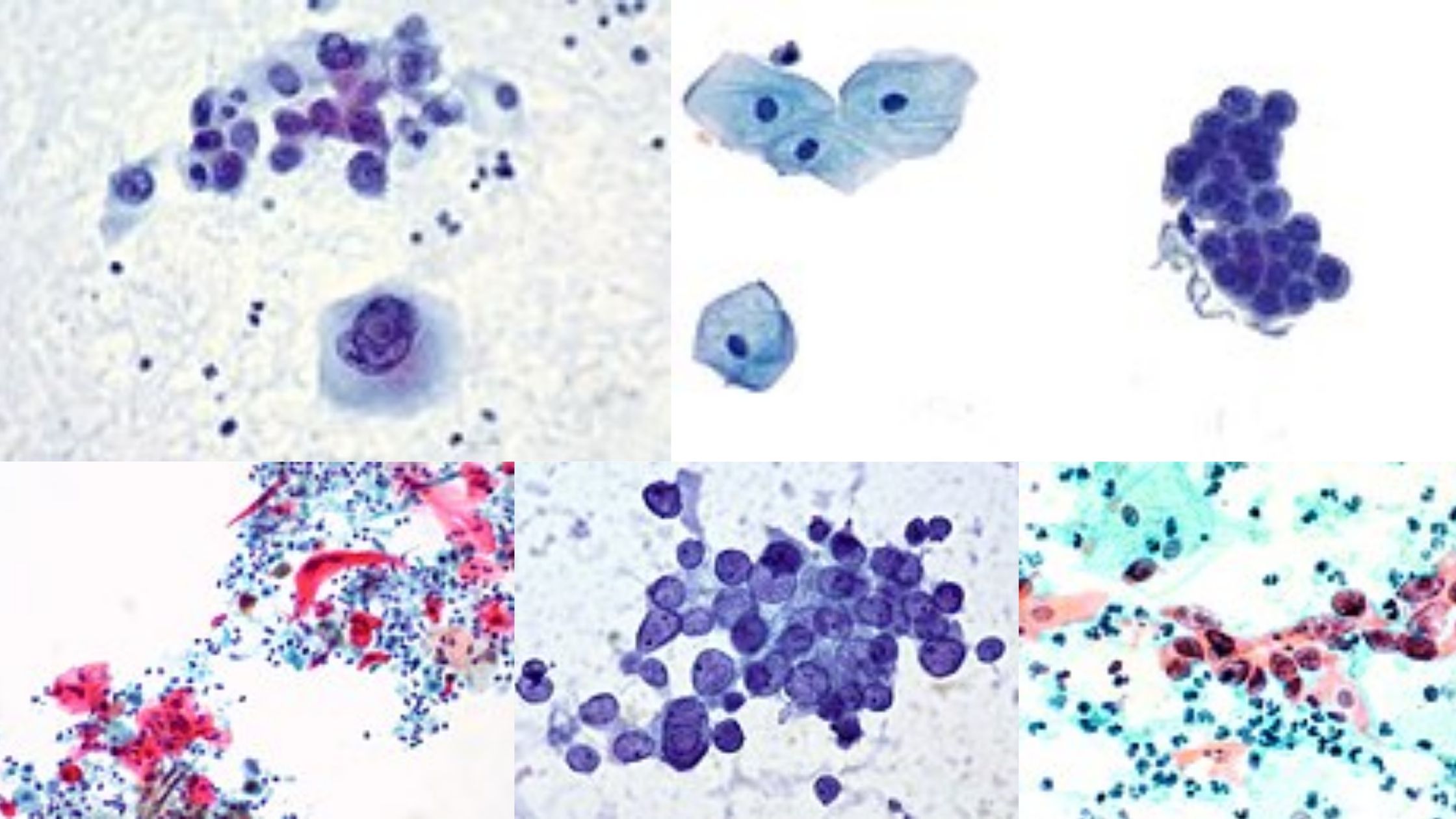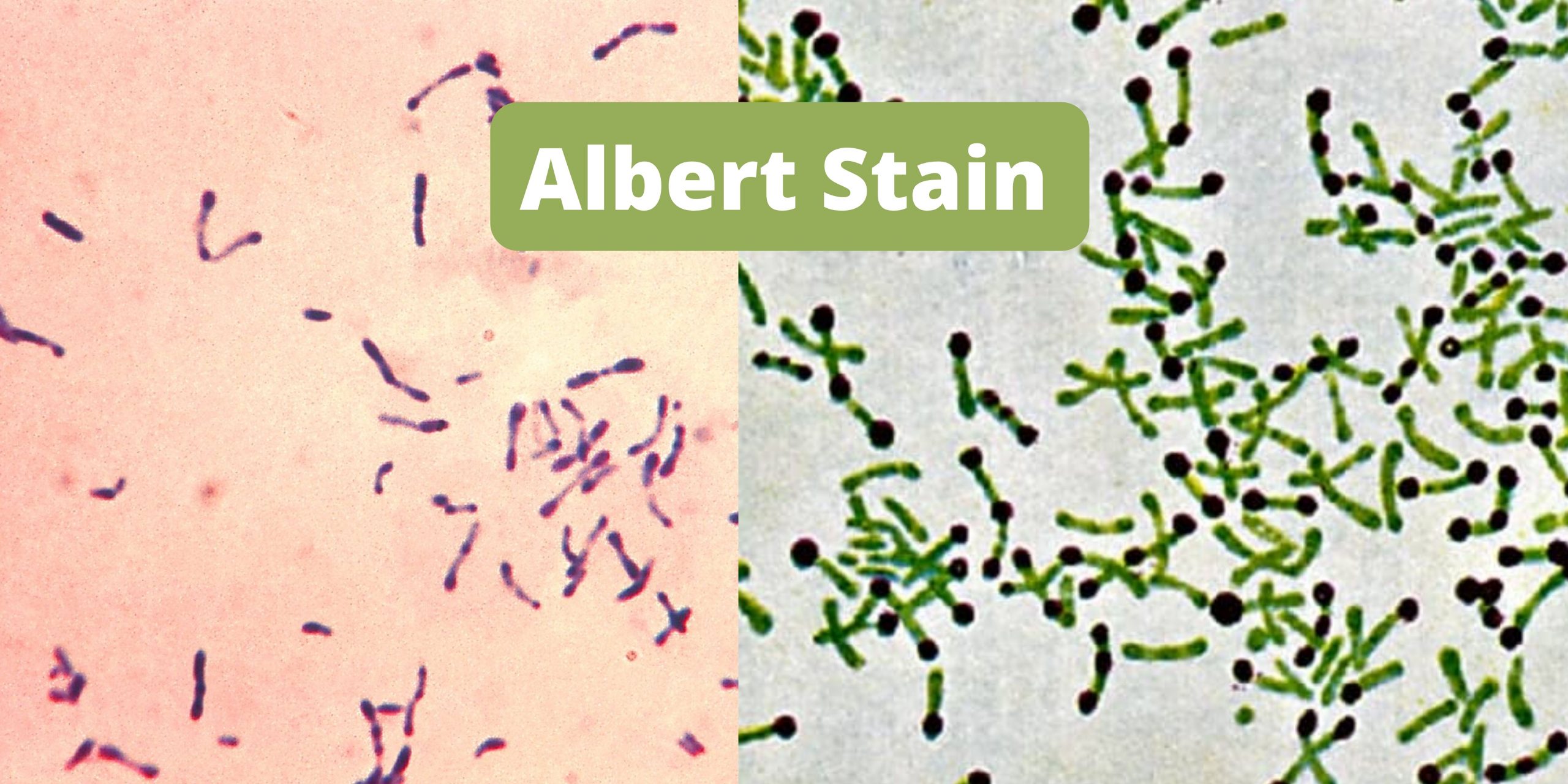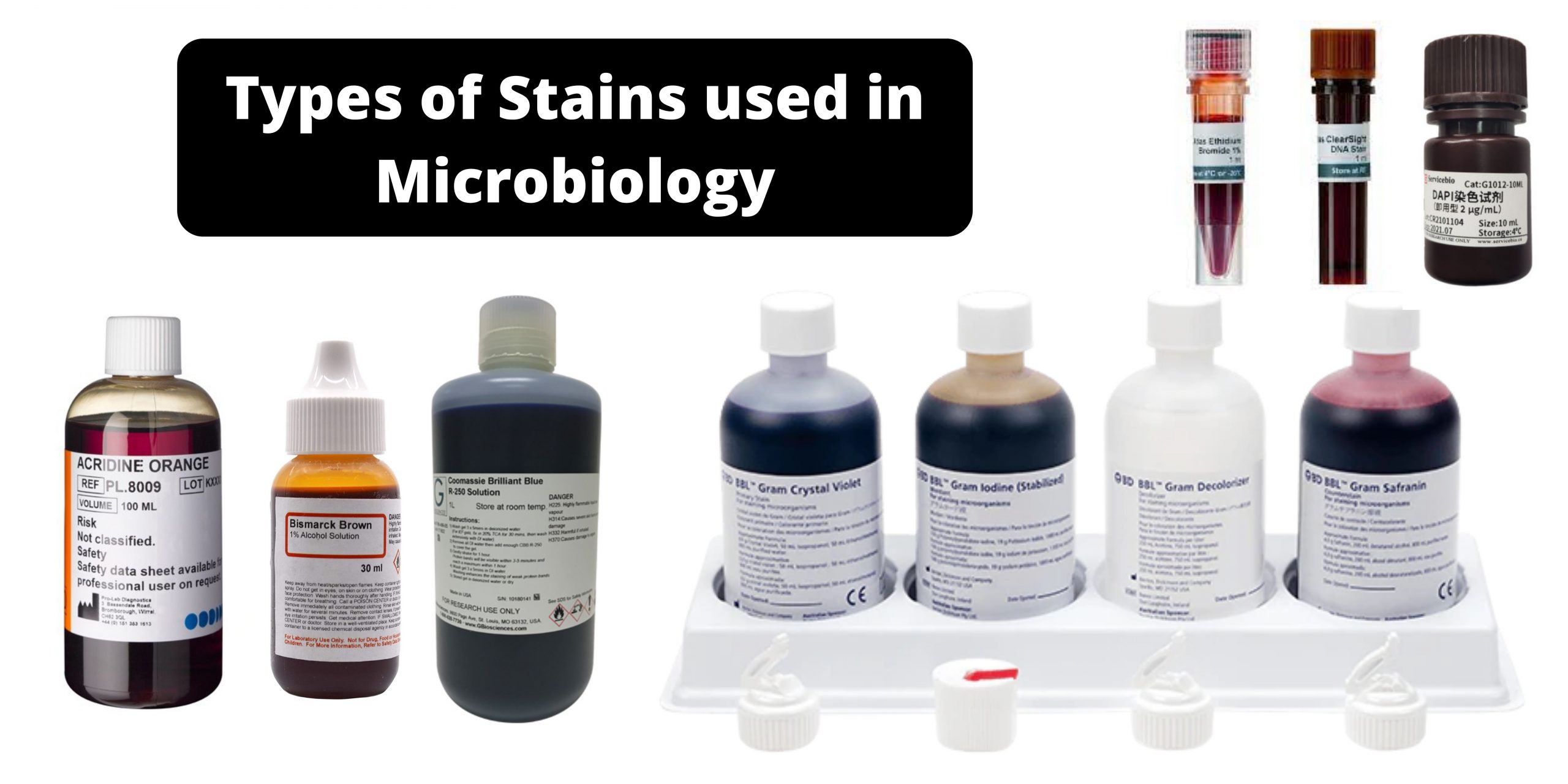Vacuole Staining – Principle, Methods, Procedure, Results
A light microscope may be used to see and examine the vacuole’s structure. While the vacuole doesn’t stain as the other organelles of the cell (because it does not contain many constituents that stain) tests have demonstrated that staining is possible for this organelle because the vacuole’s sap absorbs and stores dyes that are colored.
